Is Your Home Properly Insured?
Here are some tips to help you make the right choices about homeowners insurance.
Just as there are different home styles, insurers offer a menu of different policies. For the majority of single-family homeowners, the most appropriate policy is the HO-3, sometimes called the Special Form. It insures all major perils, except flood, earthquake, war, and nuclear accident.
You’ll need deep coverage, up to and including 100% of your home’s replacement cost. By insuring at, say, 90%, you’re gambling that you won’t suffer a complete loss. To be safe, always insure at 100%.
Insurers generally cover a home’s contents between 50% and 75% of the home’s value. Make a list of your home’s contents for a more accurate estimate of your needs. That way, you’ll have a written record if you need to file a claim. The industry-sponsored Insurance Information Institute provides useful instructions on how to put together an inventory.
You’ll also have to pick a deductible, which is the amount you will pay before the insurance kicks in. Remember, the higher the deductible, the lower your premium will be.
Buy the guarantees
Traditional guaranteed replacement cost coverage promises to pay whatever it takes to rebuild your home, even if it costs more than the original limits you purchased. That’s crucial in the event that labor and building costs balloon after a major disaster. In many states, large insurers may cap the guarantee at 120% to 125% of purchased limits. Several preferred carriers offer even higher coverage. Speak to your insurance agent for more information. Also, ask for replacement cost coverage for your home’s contents. Without it, you’ll end up with the depreciated value of any object that’s damaged or stolen.
Get these types of important coverage, too:
—Inflation guard: This option annually increases your coverage at the rate of local building-cost inflation.
—Ordinance-and-law coverage: This rider, which covers the costs of bringing your home into compliance with current building codes, is a must if your home is more than a few years old.
–Limit your liability: Your homeowners policy protects against lawsuits for accidents that happen on your property. It also covers you if your dog bites someone. You might also consider adding an umbrella policy, which provides additional coverage over and above your regular homeowners liability limits.
Consider these options:
—Displacement: Your homeowners policy also provides for living expenses if you need to secure other housing while your home is being repaired or rebuilt.
—Other structures: Replacement of structures such as garages, detached covered porches or patios, and sheds.
—Medical Coverage: Provides coverage for medical expenses if someone is injured on your property.
—Floods: Floods aren’t covered by ordinary homeowners insurance. Flood insurance is available through the Federal Emergency Management Agency. In California, you may need earthquake coverage; check with the California Earthquake Authority.
—Home business coverage: Business property worth more than $2,500 isn’t covered by a homeowners policy, so buy a separate policy — also known as a rider — to fill the gap. Business liability coverage must be purchased separately, too.
—Riders for valuables: A standard policy provides minimal coverage for antiques, collectibles, furs, silver, jewels, cameras, computers, musical instruments, and firearms. For these, you may need additional or separate coverage. Again, speak with your insurance agent about the proper coverage for your specific needs.
Content provided by: CNN Money

